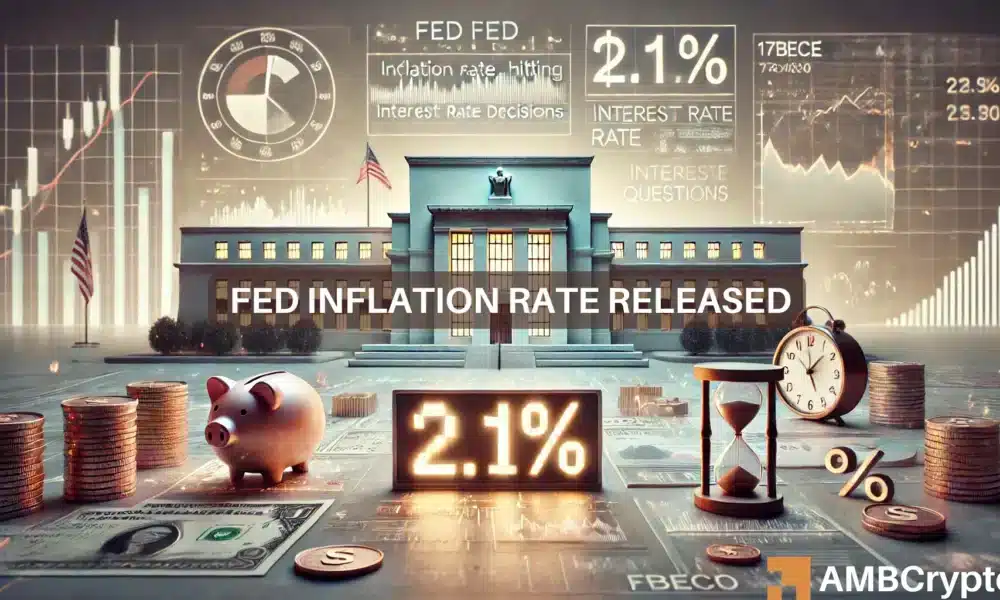The Federal Reserve has recently reported a 2.1% inflation rate for September, in line with expectations.
This figure is getting closer to the central bank’s desired target.
Assessment of Federal Reserve’s Inflation Rate
According to a report from the Commerce Department released on October 31st, there was a slight increase in inflation.
The Personal Consumption Expenditures (PCE) price index increased by 0.2% on a seasonally adjusted basis in the same month.
The observed twelve-month inflation rate of 2.1% matched the projections made by Dow Jones, indicating a steady progress toward the Federal Reserve’s inflation objectives while continuously evaluating the economic landscape.
The PCE data functions as the primary gauge of inflation for the Federal Reserve. Policymakers also keep a close eye on various other metrics to inform their decisions.
The Federal Reserve aims to sustain an annual inflation rate at around 2%, a goal that has not been met since February 2021.
Concerns persist around core inflation, with a recorded rate of 2.7%, marking a 0.3% increase from the previous month.
Additional Insights
As per a report by Wu Blockchain,
The U.S. core PCE price index in September showed a 0.3% month-over-month increase, in accordance with the expected 0.3%, with the prior value being revised from 0.1% to 0.2%.
The report further stated,
“The spike in the PCE inflation index in April has been the most significant monthly rise, supporting the Federal Reserve’s decision to ease off on interest rate cuts following a substantial cut last month.”
These unfolding figures are causing markets to anticipate a reduction in the short-term borrowing rate during the upcoming Federal Reserve meeting next week.
Impact on the Cryptocurrency Market
The recent release of critical inflation data triggered profit-taking in the cryptocurrency market. Bitcoin [BTC] surged to $73,000, its highest level since March.
However, BTC’s upward movement was short-lived, plunging to $69,263.81 at the time of writing, reflecting a 4.58% drop over 24 hours.
The downturn in the cryptocurrency market was not limited to Bitcoin alone.
On November 1st, the global crypto market capitalization dropped to $2.33 trillion, marking a 1.75% decrease in a 24-hour period as per CoinMarketCap.
In 2022, BTC fell below $20,000 alongside an overall market decline triggered by concerns over the Federal Reserve’s stance on interest rate hikes.
Conversely, in 2023, Bitcoin experienced a 1% surge post FOMC meetings, with gains extending to 3% after a week.
What Does the Future Hold?
As the Federal Reserve gears up for its upcoming meeting, speculations arise concerning further reductions in interest rates.
Following a 0.5% cut in September, adjusting the rate to 4.75% to 5.00%, policymakers are expecting quarter-point reductions in both November and December.
The Federal Reserve targets a policy rate of 3.4% by the end of 2025 and aims for stability at 2.9% throughout 2026 and 2027, demonstrating a cautious approach to achieving a neutral interest rate amidst economic challenges.

